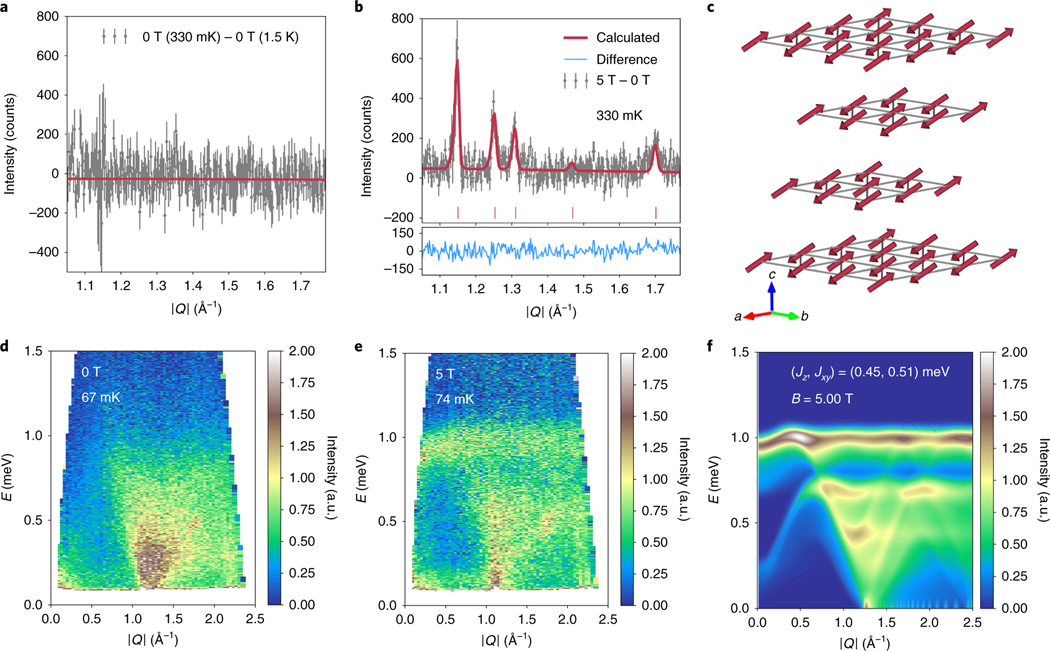Fig. 4 |. Neutron diffraction and inelastic neutron-scattering data.
a, Temperature-subtracted neutron powder diffraction data (330 mK − 1.5 K) collected under 0 T, showing the absence of low-temperature magnetic order. The red line is a constant fit to the subtracted data. b, Under an applied field of 5 T at 450 mK, new magnetic peaks appear at (1/3, 1/3, ) positions (), corresponding to an ordering wave vector of . The data were refined by analysing field-subtracted data (5 T − 0 T), which are constrained by the suppressed (1/3, 1/3, 2) reflection. c, The best fit to the 5 T induced magnetic state using the two-q structure is generated by a collinear spin structure with Yb moments of . The displayed structure aligns moments approximately along the <1, −1, −1> direction and has six symmetrically equivalent structures generated by three-fold in-plane rotational and mirror symmetries. d, Inelastic neutron-scattering spectrum collected at 67 mK and 0 T. e, Inelastic neutron-scattering spectrum collected at 74 mK and . f, Linear spin wave calculations showing the powder-averaged for a two-dimensional triangular lattice of anisotropic moments of NaYbO2 in a 5 T field and three-sublattice ordering. Error bars denote one standard deviation of the data.

